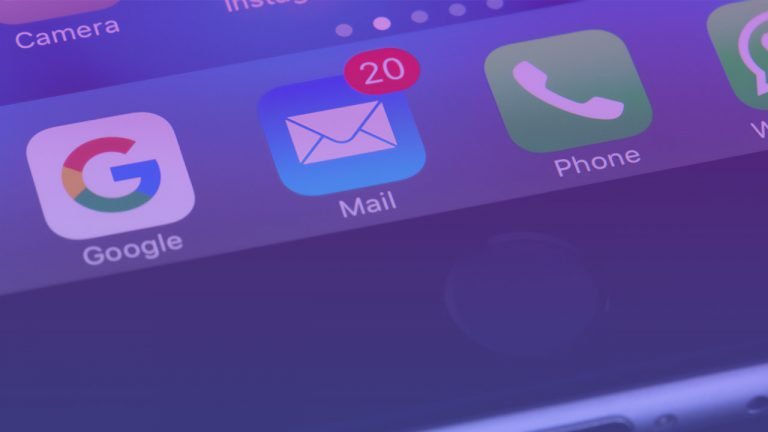
Do you have a ton of emails that you need to sort through but do not have the time to do so? We will go over various tips for email management. This includes allocating a certain amount of time every day to check and respond to emails, organizing your mail into different labels and categories, unsubscribing from emails for the ones you do not need or read, and so much more.
1. Allocate A Certain Amount of Time Each Day to Going Through Your Email Inbox To Read and Respond to Messages
An excellent way to help you better manage your emails is to set a specific time of the day each day to both read and respond to emails. You should always prioritize the urgent and more critical emails first in this process. If you do not get to all of the emails you intend for that day, that is okay. You can always continue the next day.
The point is that having a certain set amount of time for this daily practice will make your life easier. It is a way of helping you not to spend too much time on emails so you can get to your work and other day-to-day activities in your life, but that you are still being kept in the loop and can see and respond to anything that is critical or time-sensitive without emails taking over your life.
2. Label And Categorize Your Emails Into Different Categories Accordingly
Categorizing your emails with folders or labels, if you use Gmail, into different categories is another excellent tool to help with email management. You can create a tier system for your emails, in which not only do you have multiple folders and labels, but you also subcategorize emails within those labels and folders. You can also color-code your folders and tags as necessary. For example, if you are a college student, you can create different folders for different courses that you are taking with different colors accordingly for each class.
You can also create folders for other information you receive through emails, such as a label solely for your student loan information and another for classes you are registering for. Then, you can take it a step further to actually create sub-labels within those categories of folders that you organize in varying levels of urgency and importance. Another example of this can include creating a folder with a specific color that you label for one specific class, and then sub-label aspects that range in importance for that class, like study guides and emails from other students or your professor.
3. Unsubscribe from Emails You Do Not Read
A very productive tool for email management is unsubscribing from whatever you do not read or want to receive in your inbox any longer. By unsubscribing and getting rid of them, you free up significant time for yourself. For example, let’s say that you bought flowers for a special someone in your life at one point. However, you no longer need to receive emails from the company that sent the flowers to that special someone. Unsubscribing from that company’s newsletter will significantly help to free up your inbox and reduce junk emails and clutter.
4. Find A System That Works For You
An email management system, like Sane Box, can do wonders to help with email management. With Sane Box, there is A.I. (artificial intelligence) that ensures only urgent and important emails stay in your inbox, rather than a ton of junk mail that you would otherwise have to sift through. Sane Box will completely clean up your inbox. Important and time-urgent emails will no longer be buried in your inbox, you have the option to snooze specific emails for later viewing, get rid of any unwanted emails from certain senders, and can even access a feature that lets you essentially put a do not disturb setting onto your inbox.
